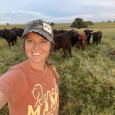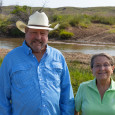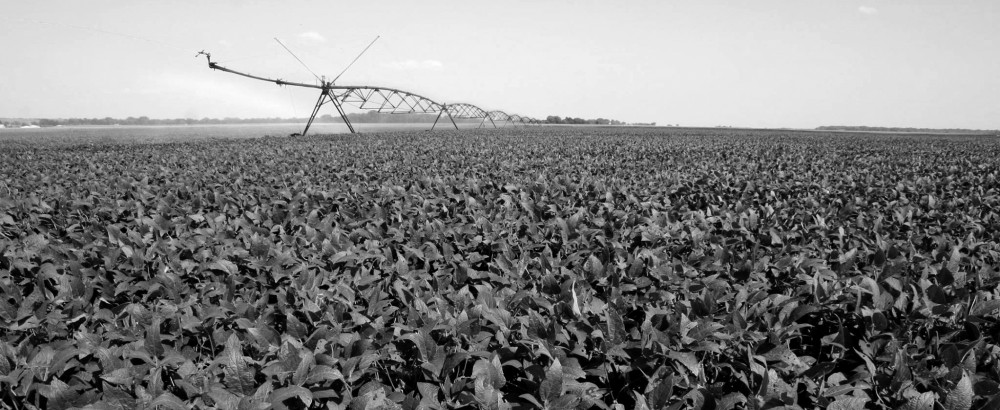Archive

Local and Fresh for All: Cultivating Community Through Food Access in Atchison County
By Kansas Living on May 27, 2025
In the heart of northeast Kansas, Atchison County Farm Bureau helps cultivate more than crops. Through its “Local and Fresh for All” program, which is partially funded through Kansas Farm Bureau’s...

Lab-Grown Meat: The Controversy Grows
By Brandi Buzzard on May 19, 2025
Penicillin, the first antibiotic, which drastically changed the way we treat bacterial infections, was discovered in 1928 when Alexander Fleming noticed mold growing on a petri dish was killing...

10 Crockpot Recipes
By Kansas Living on May 9, 2025
Busy week ahead? Let your crockpot do the work! These 10 easy recipes are perfect for effortless, delicious meals any day of the week. 1. Crockpot Pork Chops Cheerful Cook 2. Slow Cooker Pulled...

5 Things to Know Before Buying an Annuity
By Farm Bureau Financial Services on May 9, 2025
Should You Buy an Annuity? What to Know Before Investing Buying an annuity — or more than one — is part of many people’s retirement portfolio. In brief, annuities (sometimes called deferred...

Barbys Recognized with 2024 Kansas Leopold Award
By Sheridan Wimmer on May 8, 2025
Farmers and ranchers are widely considered the original conservationists. From hunting and gathering to the cultivation of plants, agriculturists have evolved their knowledge of caring for our soil,...

Drone Technology Takes Agriculture to New Heights
By Greg Doering on May 8, 2025
One day in the near future multiple crop management decisions will be driven from the top down, literally. Unmanned aircraft are already being used to monitor crop health, pull field samples and...

